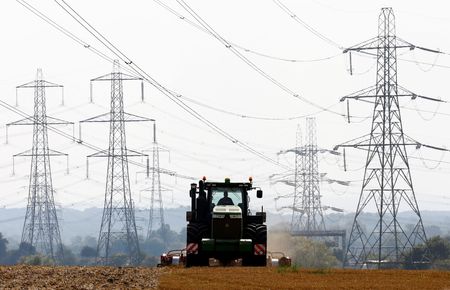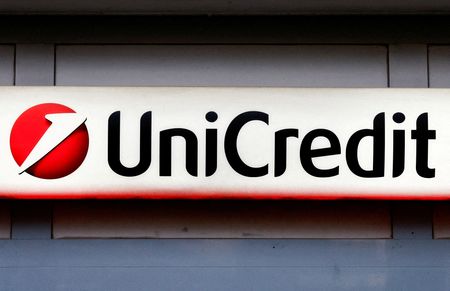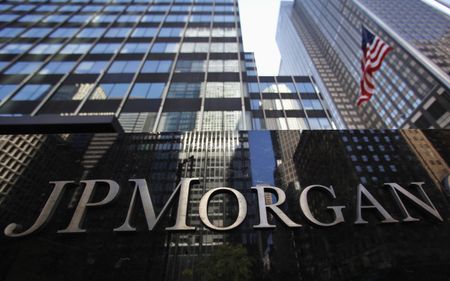By Susanna Twidale
LONDON (Reuters) -Britain and the European Union will work towards linking their respective carbon markets as part of a wider reset in relations, they said on Monday, leading to a 6% rise in British carbon prices.
Both the EU and UK charge power plants and other industrial entities for each metric ton of carbon dioxide they emit as part of wider efforts to cut emissions and reach climate targets.
“Closer co-operation on emissions through linking our respective Emissions Trading Systems will improve the UK’s energy security and avoid businesses being hit by the EU’s carbon tax due to come in next year,” a UK government statement said.
The EU’s Carbon Border Adjustment Mechanism will impose an emissions fee on imports to the EU of steel, cement, aluminium, fertilisers, electricity and hydrogen from 2026.
Britain plans to launch its own CBAM from 2027.
“If negotiations are prioritised on both sides, the timeline for a functional link could move quickly. That said, aligning systems in time for the UK’s Carbon Border Adjustment Mechanism, currently planned for 2027, could be ambitious,” analysts at Veyt said.
The benchmark UK allowance contract was up 6% at 51.22 pounds ($68.52) a ton by 12.19 GMT.
Prices in the UK are lower than those in the EU.
Analysts said linking the two systems was likely to push UK prices towards those of the EU. That could increase direct carbon costs for UK businesses in the short term, but in the longer term, they would save costs because they would avoid the proposed import levies.
A report by Frontier Economics, commissioned by several energy firms, said linking the two carbon markets would reduce trade frictions, improve trading liquidity and increase price stability leading to savings of around 770 million pounds between 2026-2030.
The benchmark EU carbon is trading around 70.00 euros ($78.86) per ton.
($1 = 0.7475 pounds)
($1 = 0.8876 euros)
(Reporting by Susanna Twidale; editing by Barbara LewisEditing by Louise Heavens, David Goodman and Barbara Lewis)










